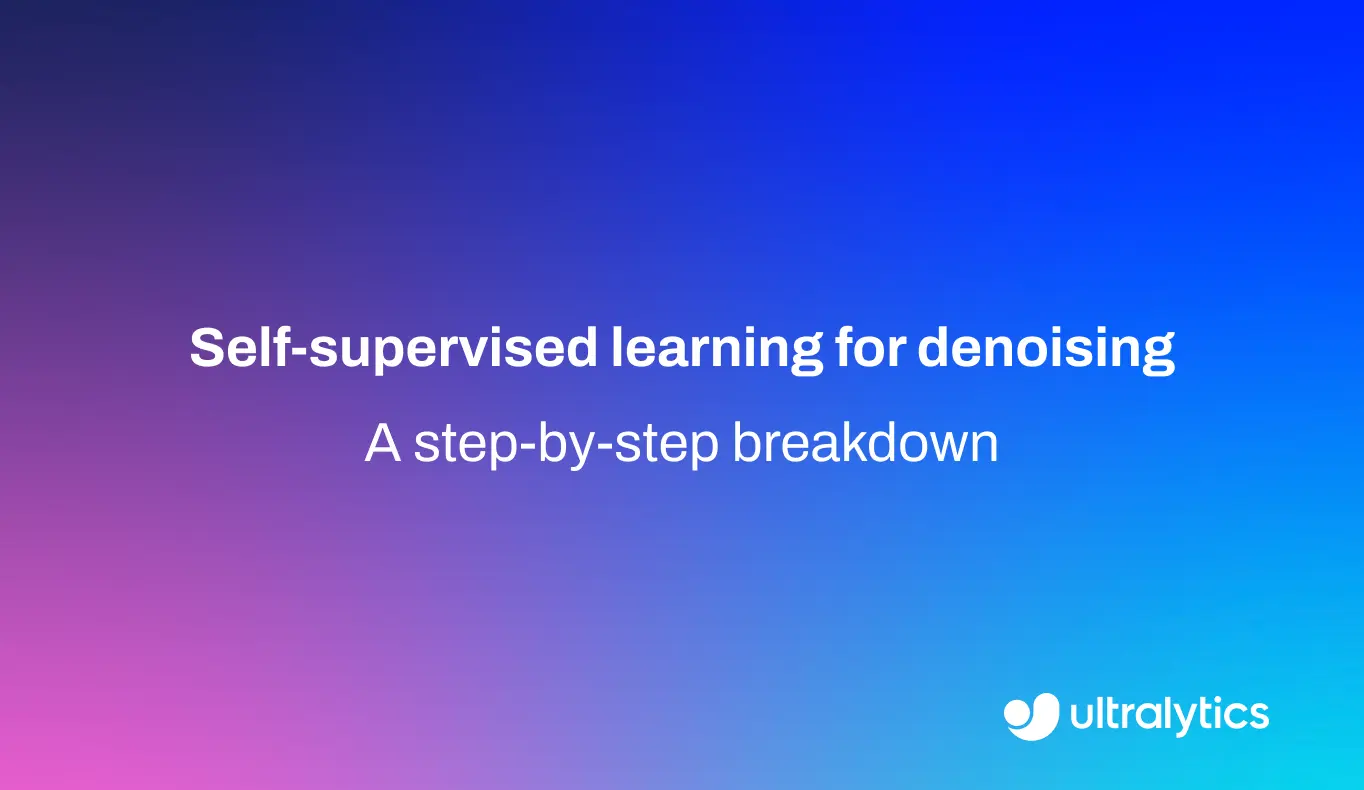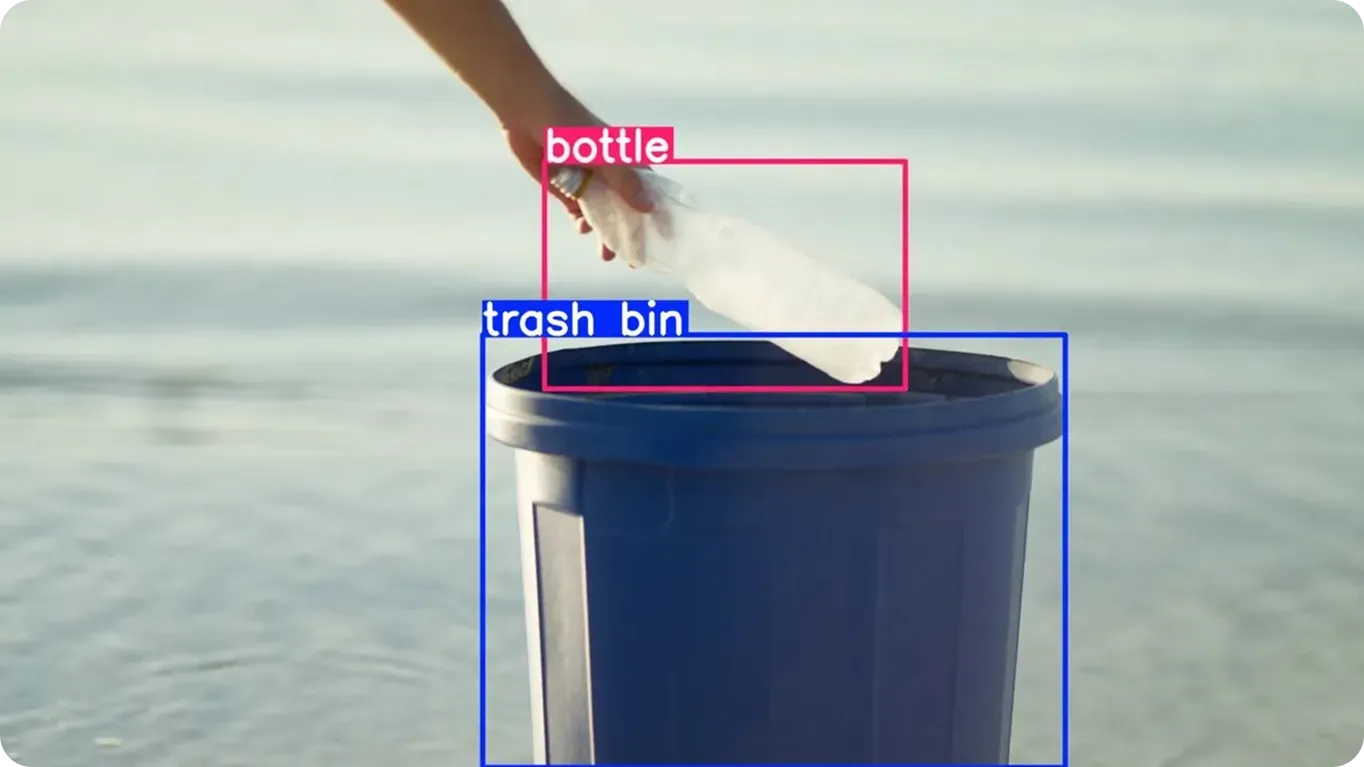Object Re-identification (Re-ID)
Discover object Re-ID: match people or vehicles across non-overlapping cameras with appearance embeddings to boost surveillance, retail analytics, forensics.
Object Re-identification (Re-ID) is a sophisticated
computer vision (CV) technique designed to
recognize and associate a specific object or individual across non-overlapping camera views or distinct time
intervals. Unlike standard detection, which simply classifies an object, Re-ID focuses on determining whether an
object detected in one location is the same identity as one seen previously in a different location. This capability
is essential for creating a cohesive understanding of movement and behavior in large-scale environments, such as
airports, shopping malls, and smart cities, where a single camera cannot cover the entire area.
The Mechanics of Re-Identification
The core challenge of Re-ID is matching identities despite variations in lighting, pose, viewpoint, and occlusion. To
achieve this, the system creates a unique digital signature for each detected object.
-
Feature Extraction: When an object is identified within a
bounding box, a
deep learning (DL) model processes the image
patch to generate a high-dimensional vector known as an
embedding. This vector encapsulates distinct visual
characteristics, such as clothing color patterns for a person or the specific make and model details of a vehicle.
-
Metric Learning: To ensure accuracy, these models utilize
metric learning techniques. Training often involves
Siamese neural networks or the use of a
triplet loss function, which teaches the network to
minimize the distance between embeddings of the same identity while maximizing the distance between different
identities.
-
Gallery Matching: During inference, the system compares the embedding of a newly detected object
(the "query") against a "gallery" of stored embeddings from previous detections. Algorithms rank
these comparisons by similarity, often using
cosine similarity or Euclidean distance to find the
best match.
Re-ID vs. Object Tracking
While often used together, Object Re-identification and
object tracking serve distinct purposes in a video
analysis pipeline.
-
Object Tracking: This process maintains the identity of an object frame-by-frame within a
single continuous video stream. It relies heavily on temporal continuity and motion prediction algorithms
like the Kalman filter. If an object leaves the
frame or is occluded for a long period, the track is usually lost or assigned a new ID upon return.
-
Object Re-identification: Re-ID solves the problem of "lost tracks" by re-associating an
identity across discontinuous views. It connects the dots between different cameras in a
multi-object tracking (MOT) system,
allowing for the reconstruction of a complete trajectory across a distributed network.
Real-World Applications
Re-ID technology is a cornerstone of modern analytics, enabling actionable insights across various industries.
-
Intelligent Retail: In
AI-powered retail environments, Re-ID helps
retailers map customer journeys throughout a store. By understanding which sections a shopper visits and
re-identifying them as they move between floors, businesses can optimize store layout and product placement without
needing to collect biometric data.
-
Smart City Surveillance: For
urban security and safety,
Re-ID allows operators to search for a person of interest—such as a missing child or a suspect—across a city-wide
network of cameras. This significantly reduces the time required for forensic video review, a process supported by
research datasets like Market-1501.
Implementing Re-ID with Ultralytics YOLO
Modern object detection frameworks often integrate tracking algorithms that utilize appearance features similar to
Re-ID to maintain identities during occlusions. The
YOLO11 model can be easily paired with advanced trackers
like BoT-SORT, which incorporates Re-ID features for robust tracking.
The following example demonstrates how to initiate tracking on a video source using the Python interface.
from ultralytics import YOLO
# Load the latest YOLO11 model
model = YOLO("yolo11n.pt")
# Run tracking on a video file using the BoT-SORT tracker
# BoT-SORT utilizes Re-ID features to improve tracking robustness
results = model.track(source="path/to/video.mp4", tracker="botsort.yaml", show=True)
# Access the unique tracking IDs assigned to detected objects
for r in results:
if r.boxes.id is not None:
print(f"Track IDs: {r.boxes.id.cpu().numpy()}")
Further Reading and Resources
To deepen your understanding of the underlying technologies, explore concepts such as
feature extraction and the architecture of a
neural network (NN). Frameworks like
PyTorch and
TensorFlow provide the tools necessary to build and
train custom Re-ID models. For those interested in the broader field of intelligent monitoring, reviewing
video understanding can provide additional
context on how machines interpret temporal visual data.







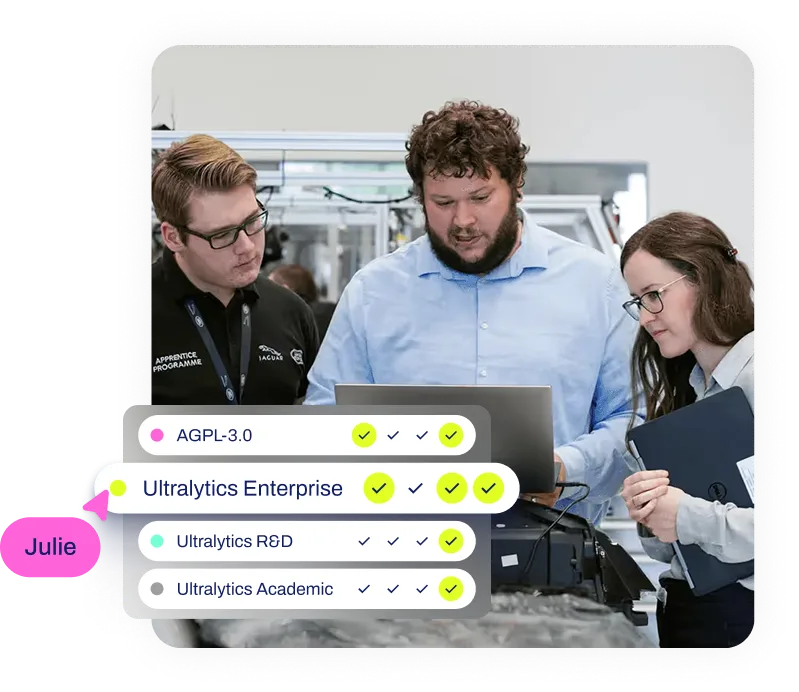
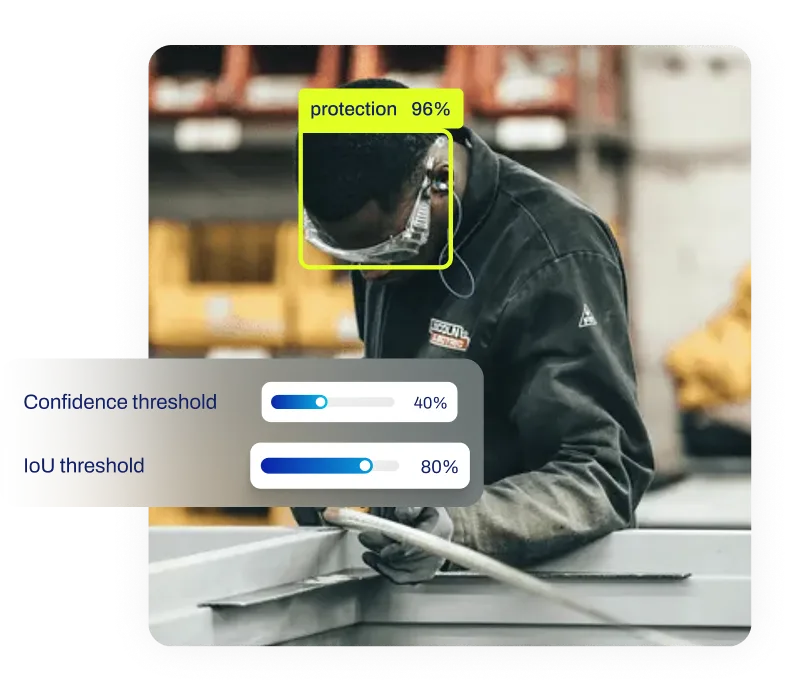
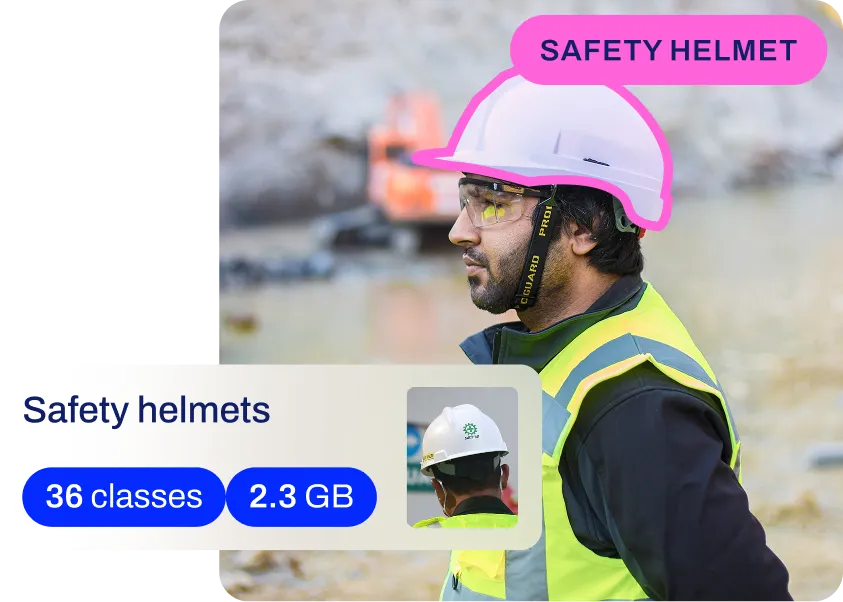
.webp)
